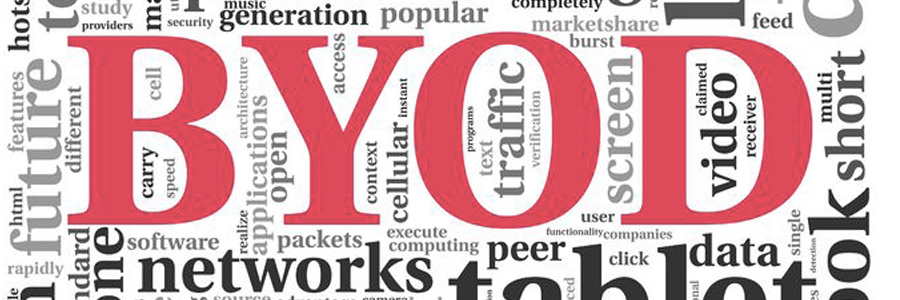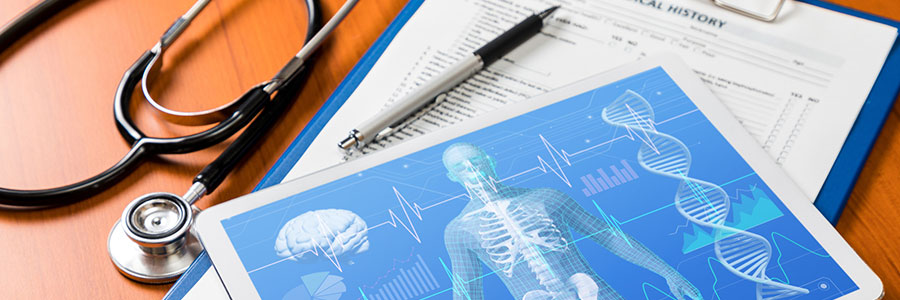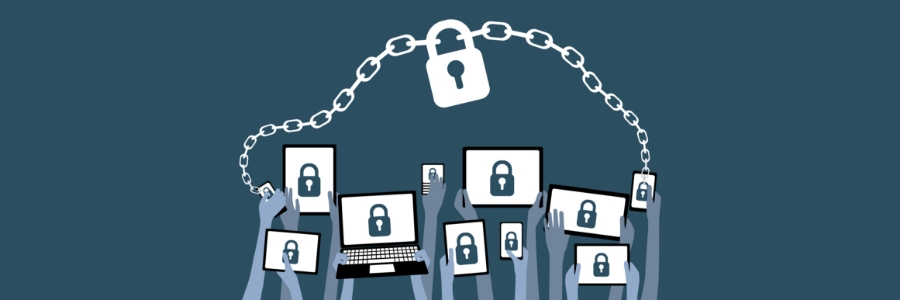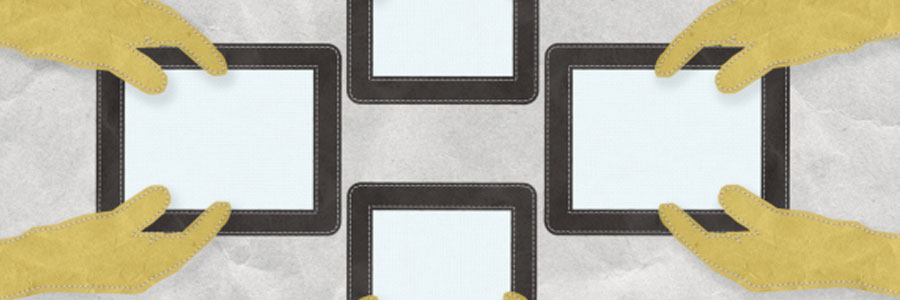Bring your own device (BYOD) is a trend that has grown in popularity because of the convenience it offers employees, but it also presents a serious security risk. If an employee's personal device is not appropriately secured, it can become a potential entry point for attackers to gain access to sensitive corporate information.
How to enhance your company’s BYOD security
Comparing BYOD and CYOD
The benefits of BYOD and CYOD
How to strengthen your BYOD security

Many businesses are adopting bring your own device (BYOD) policies as more employees work from home. The problem is, if you’re not careful, BYOD can expose your company to major cybersecurity risks, including the following.
Loss or theft of devices – Employees often bring their personal devices wherever they go.
Mobile device management: A game changer for healthcare

More hospital wireless networks are making use of mobile device management (MDM) software to monitor every device connected to their network, and for good reason, too. Here are the numerous benefits MDM offers to healthcare organizations.
Compliance
Governments have established several regulations, such as HIPAA, to protect patient records, but mobile devices are posing a major challenge to these regulations.
BYOD security tips

The bring your own device (BYOD) phenomenon continues to rise in the workplace. There are a number of benefits and risks that BYOD brings. For it to be successful, you must balance employee freedom and data security. Here’s how you can do that.
Whether your employees are using smartphones, tablets, or laptops, you need a BYOD security policy.
CYOD and BYOD: What are they?

Mobile devices are a popular tool for many employees, most of whom will at some point use their personal device for a work-oriented task. Companies are adopting a BYOD or bring your own device policy to help bolster motivation and productivity. Another similar trend gaining popularity is CYOD or choose your own device.
What are the risks of BYOD?
Features of Mobile Device Management in Healthcare

Just like other industries, healthcare providers are using mobile devices for doing work and communicating with practitioners, staff, and patients. Wireless networks and portable devices in the healthcare setting have their benefits, and the IT staff must have controls like Mobile Device Management (MDM) software to efficiently maintain and manage the security and privacy required by federal regulations.
Boost staff productivity with mobile tech
- 1
- 2





